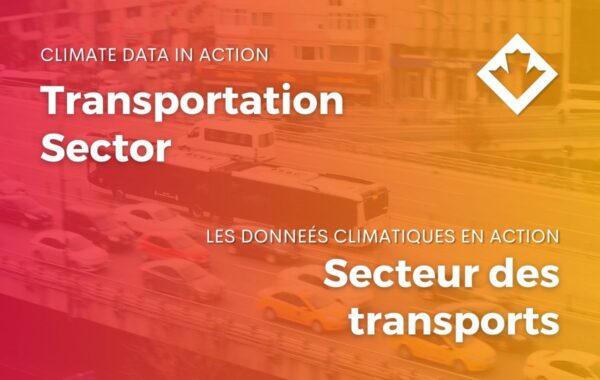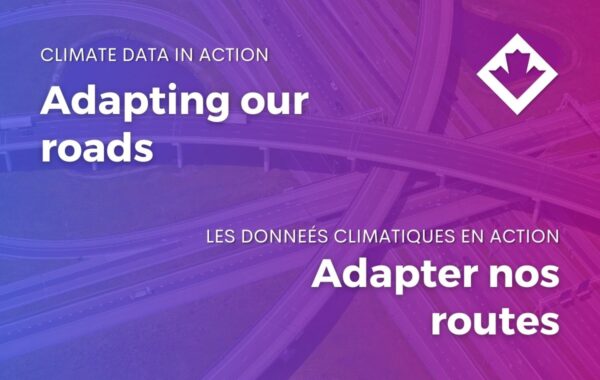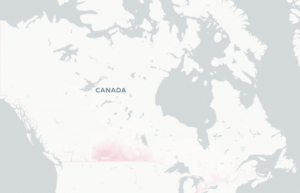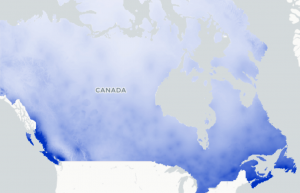Climate Change Thresholds in the Transportation Sector
While using the Analyze page to download a custom selection of climate data is simple, finding out what climate threshold value(s) you should use may not be. Information on what thresholds to use in your specific context may be available from relevant transportation authorities, provincial guidelines, or academic research.
IDF Curves and Climate Change
Learn how to use, read and interpret IDF curves, as well as how to account for extreme precipitation in a changing climate.
Analyze Page
For indices not included in the pre-calculated variable list, the Analyze page can be used to create custom indices, such as Days with a Freeze-Thaw cycle.
Learning Zone
Further information on using climate data or selecting a relevant historical dataset can be found in the Learning Zone.
Stakeholder Engagement Methods
Through a bilingual survey, transportation stakeholders were consulted on the most useful climate information, indices, impacts, and learning resources for their transport-climate decisions. Here you can learn more about stakeholder feedback regarding what climate information is most needed to inform climate-smart decisions in the transportation sector.







